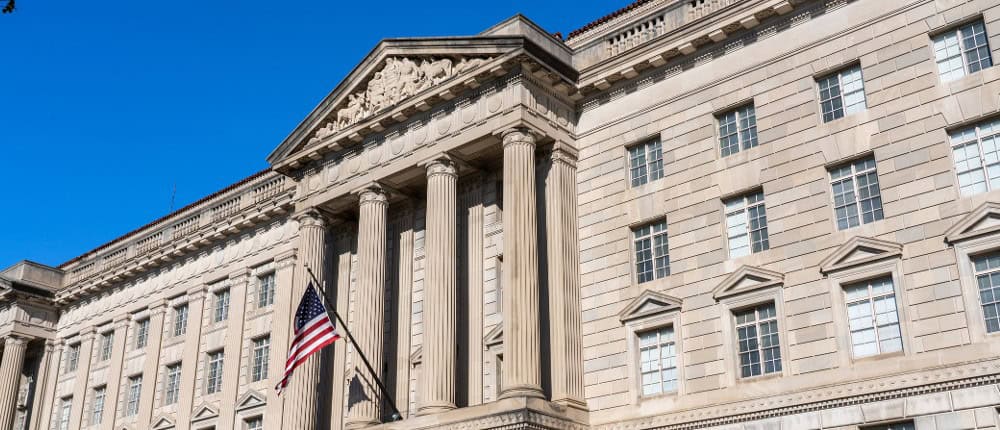What a Long Strange Trip It’s Been: The State of U.S. Banking After a Tumultuous Spring.
First-quarter earnings are largely behind us, and with U.S. banks reporting their earnings, investors gained visibility into the trends exposed by the U.S. regional banking debacle. Since March, we’ve seen the failure of three regional U.S. Banks: Silicon Valley Bank, Signature Bank, and (most recently) First Republic Bank purchased by JP Morgan Chase, along with the purchase of Credit Suisse by UBS in Europe. Since then, we’ve seen the Fed open a $75 billion emergency lending program, and the Federal Home Loan Banking (FHLB) System shore up liquidity to help stave off concerns among the most exposed banks. Generally, the United States’ largest banks have fared best as depositors have shown a bias for quality and size, whereas smaller regional banks saw deposit outflows in the quarter. Money market funds also saw one of their best quarters of inflows to date. In fact, according to the Investment Company Institute, U.S. money market funds saw an increase in assets under management of 8.8% from March 1, 2023, to May 10, 2023, as investors sought higher yields and eschewed deposits.
It is unlikely that regulators will allow regional banks to go without more onerous regulation moving forward, but this situation will be expensive across the board regardless of bank size. First things first, the FDIC insurance fund will need to be replenished; the FDIC has noted that it will expect the largest U.S. banks (the “Money Centers”) to bear the brunt of this cost. The FDIC “special assessment fee” is expected to be waived for all U.S. banks with over $5 billion in assets over the next 8 quarters. We expect that regulatory supervision will also increase across the regionals; it is quite possible to see a rollback of some of the deregulation that regional banks saw in 2018, including the possibility of liquidity and stress testing in addition to changes to how unrealized losses are accounted for in capital. While none of these changes are set in stone, even the special assessment is currently in the public comment stage. It is very likely that we see some form of increased cost/regulation moving forward.
What do we expect from here? The utilization of the Fed emergency facility and FHLB lending system have steadily declined from their peaks in March, leading many market participants to feel that the pressure has largely abated. However, there are still pockets of stress in the regional banks, therefore it wouldn’t be prudent to say we are totally out of the woods. We expect that the largest banks will be able to protect their net interest margins better than smaller regionals. Smaller banks could see a reduction in lending income due to the need to offer better rates to retain deposits. Although large unrealized losses are still present across the banking sector, declines in long-term rates over the last few months should offer some reprieve; as long as banks maintain adequate liquidity, these losses should accumulate into earnings as the securities mature at par – which is the normal expectation for banks. Asset quality also remains incredibly robust and doesn’t appear to be a weak spot at any of the banks we cover. While the expectation is for asset quality to weaken, the total level of weakening should be muted compared to the level we would need to see for another round of bank stress. Finally, according to the most recent Senior Loan Officer Survey, we’ve seen banks across the board tighten their lending standards and report lower demand for loans. Commercial real estate (CRE) lending will likely be the next hot-button issue as smaller regionals tend to have the highest exposure. However, we do note that most CRE lending does not come from the banking system, and the loans at regional banks tend to be much stronger than those held by non-traditional lenders. Overall, much of the stress on the system looks to have abated, though there are still pockets of anxiety for regional banks (namely CRE lending). All banks will likely face higher compliance costs, but the largest banks will face most of the cost when it comes to replenishing the FDIC Deposit Insurance Fund. It’s been a long, strange trip so far this year, and our credit team is working diligently to have eyes on the nooks and crannies of the market to be ahead of any material news that comes our way.



